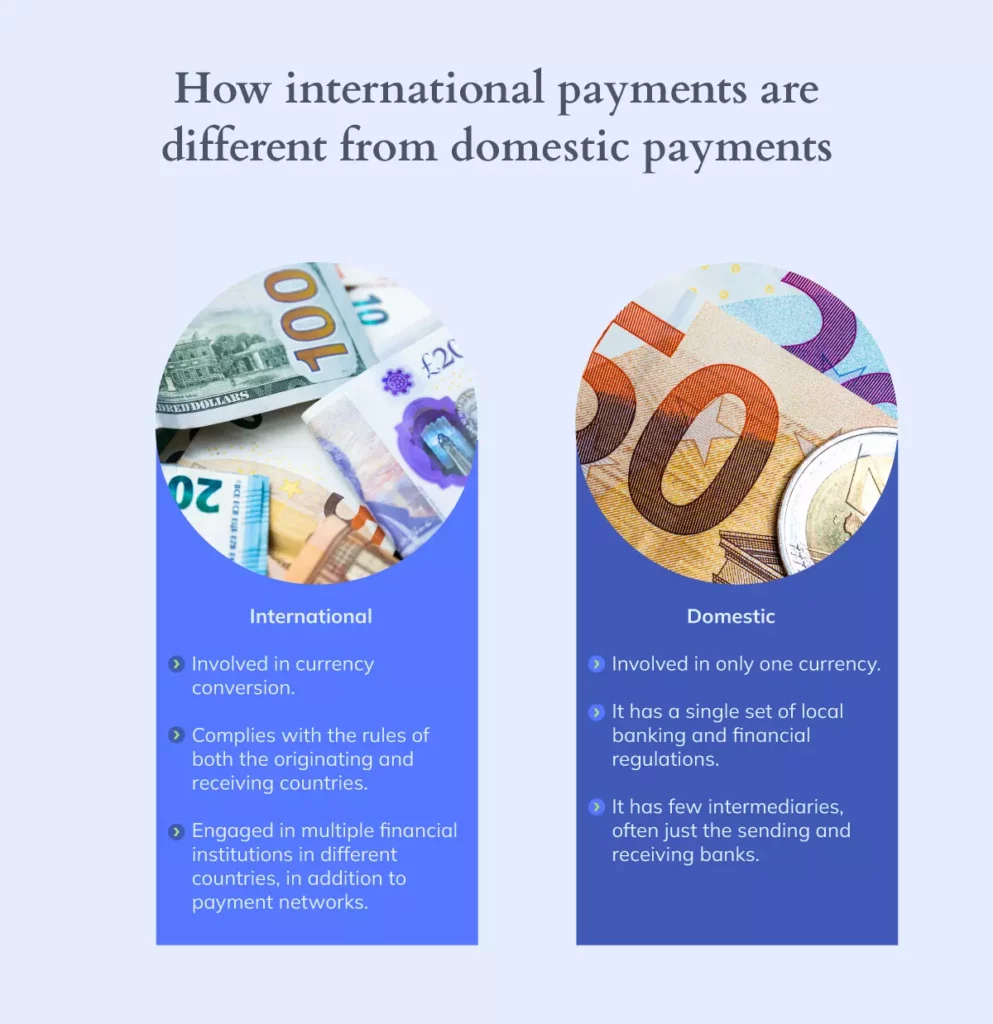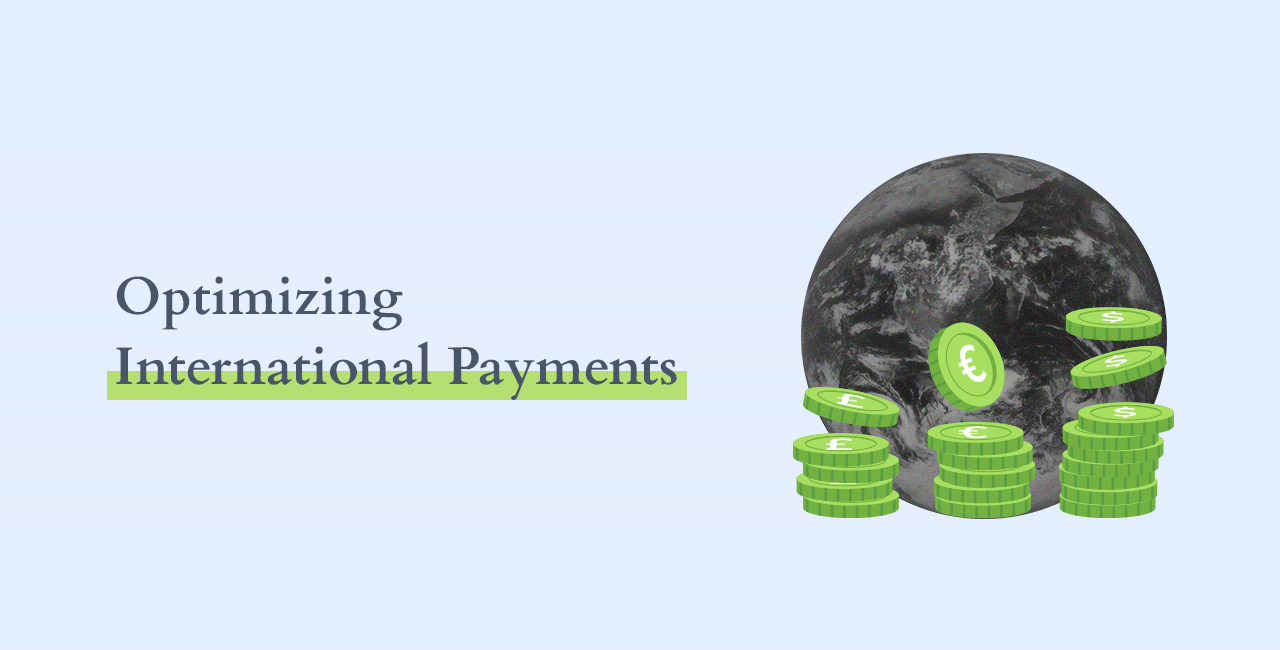In the global business world, efficient management of international payments is crucial. Whether you find yourself at the helm of a mid-sized manufacturing company grappling with the inconvenience of delayed payments, a small retail business navigating the intricacies of cash flow fluctuations driven by seasonality, or a dedicated solopreneur grappling with the drain of high commissions and transaction fees, the need to optimize your financial strategies for cross-border payments cannot be overstated.
This article will explore the essential insights and strategies for making the most of international financial transactions and keeping your hard-earned money where it belongs.
Understanding the Importance of International Payments
International payments are a vital component of global business operations. Whether you’re a small e-commerce store selling products to customers abroad or a multinational corporation managing a network of suppliers and partners worldwide, efficient international payment strategies can directly impact your profitability and financial stability.
International vs. Domestic Payments
International and domestic payments share a primary purpose: transferring funds from one entity to another. However, they differ significantly in their processes, complexities, and the factors that affect them. Here are the main differences between them:

Currency exchange
Domestic payments involve only one currency, while international payments involve currency conversion.
Regulatory compliance
Domestic payments typically follow a single set of local banking and financial regulations. On the other hand, international payments must comply with the rules of the originating and receiving countries, which can be more complex and challenging to navigate.
Intermediaries
Domestic payments usually involve few intermediaries, often just the sending and receiving banks. On the contrary, international payments may involve multiple financial institutions in different countries and payment networks, each with its procedures and fees.
The Challenge of Cross-Border Payments
International payments come with their own set of challenges:
- Exchange Rate Fluctuations: Exchange rates can vary significantly over short periods, affecting the value of your payments.
- High Transaction Fees: Traditional financial institutions often charge substantial fees for international transactions, cutting into your profits.
- Delayed Payments: International payments can take longer to process, leading to business cash flow challenges.
- Currency Conversion Costs: Converting currency can lead to additional expenses, reducing the amount you receive or increasing your pay.
It’s crucial to employ strategic approaches to international payments to address these challenges and maximize your savings.
Strategies to Maximize Savings with International Payments
1. Utilize Online Payment Platforms
Online payment platforms, such as Bancoli, offer cost-effective ways to make international transactions. Our user-friendly platform provides lower fees and competitive exchange rates. We offer secure and convenient methods for managing cross-border payments, reducing the need for costly traditional banking services.
2. Open a Foreign Currency Account
Consider opening a Global Business Account with Bancoli. This allows you to hold and manage up to 25+ currencies for 200+ countries, reducing the need for constant currency conversion. Having funds in the currency you use most frequently allows you to take advantage of favorable exchange rates and reduce the risk of currency fluctuations affecting your payments.
3. Negotiate Payment Terms
When dealing with international partners, negotiate payment terms that work in your favor. Request extended payment windows to ensure stable cash flow and negotiate early discounts to incentivize prompt payments.
How do I save money through Bancoli payments?
Bancoli underscores this principle by offering a competitive fee structure in the financial marketplace. Here’s a more detailed version of Bancoli’s fees:

In conclusion
Maximizing your savings with international payments is an ongoing process that requires strategic planning and a proactive approach. By opening your Bancoli Global Business Account, you can minimize costs, reduce risks, and ultimately enhance profitability.
To help you maximize your savings and streamline your international payment processes, we’ve introduced several key strategies, including online payment platforms like Bancoli, the advantages of opening a foreign currency account, and the power of negotiating payment terms with international partners.
Bancoli, in particular, stands out as a cost-effective and efficient solution for international payments. With competitive fees, secure transactions, and exchange rates up to 10 times lower than traditional banks, it offers a compelling option for businesses of all sizes looking to optimize their global financial operations.
Remember, saving money through international payments is an ongoing journey, but with Bancoli as your partner, you can minimize costs, reduce risks, and ultimately enhance your cash flow.





